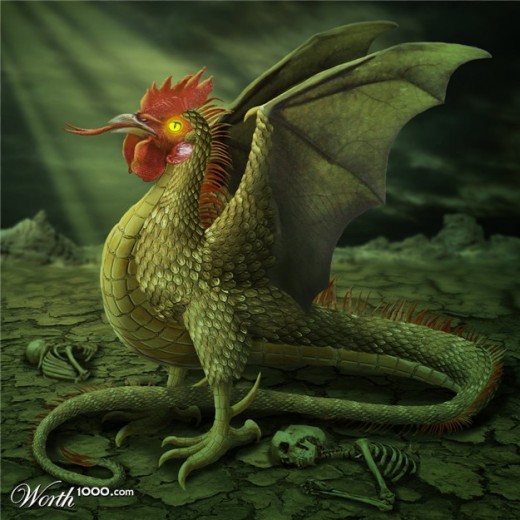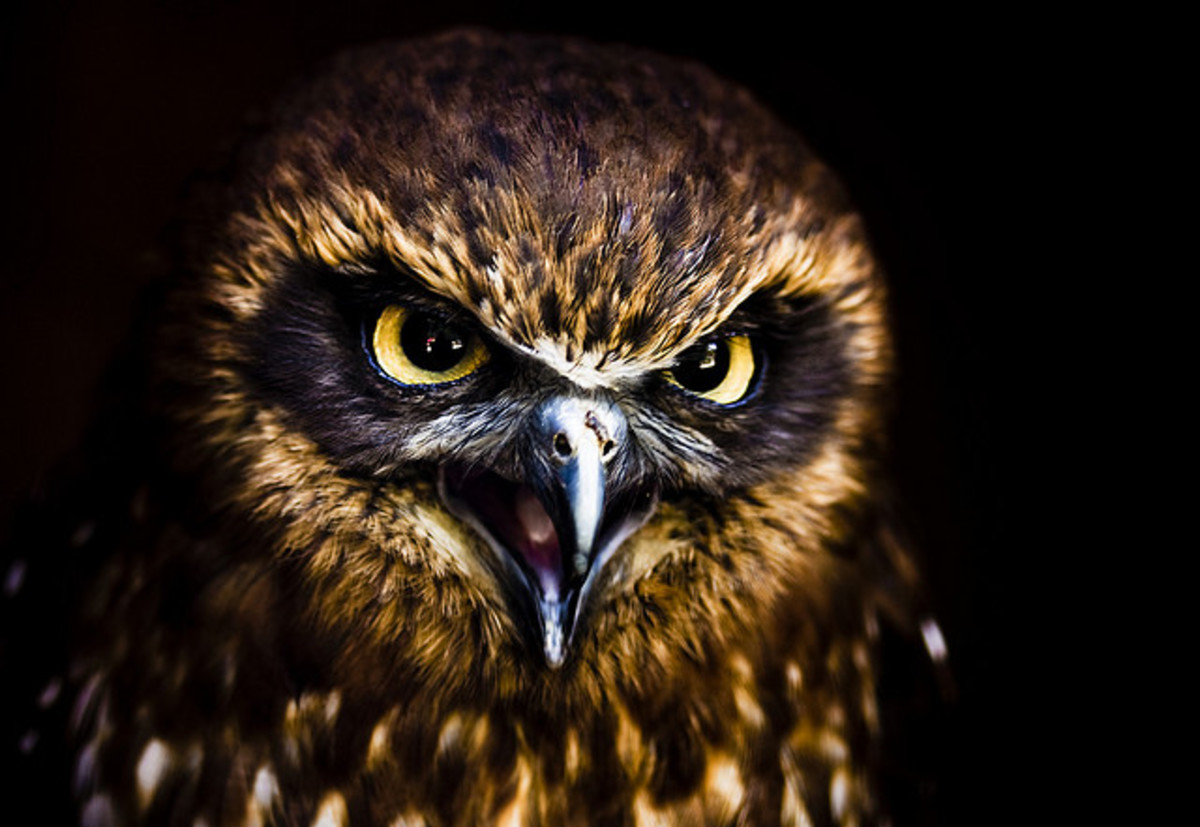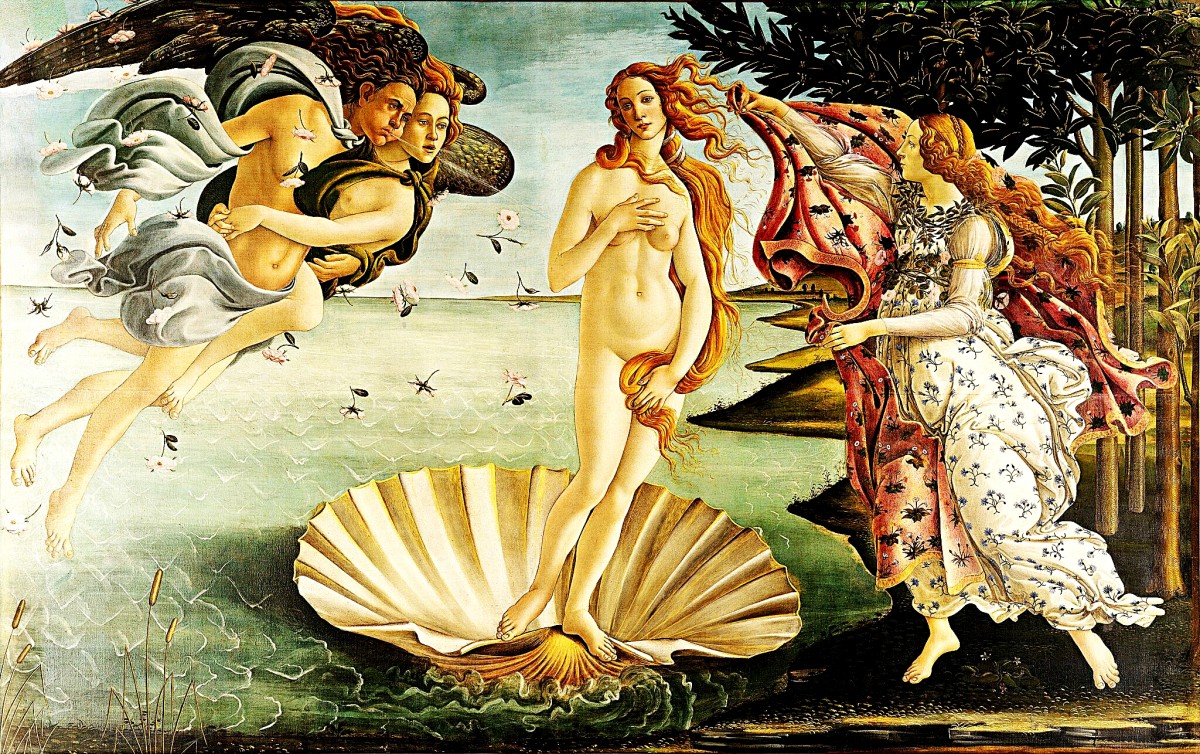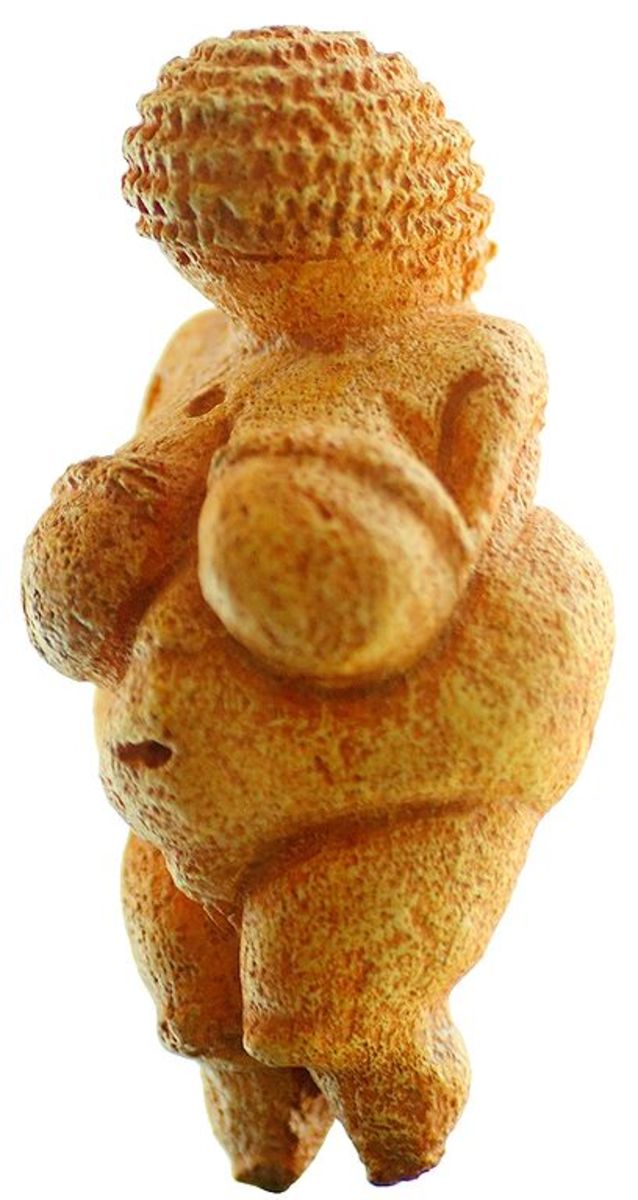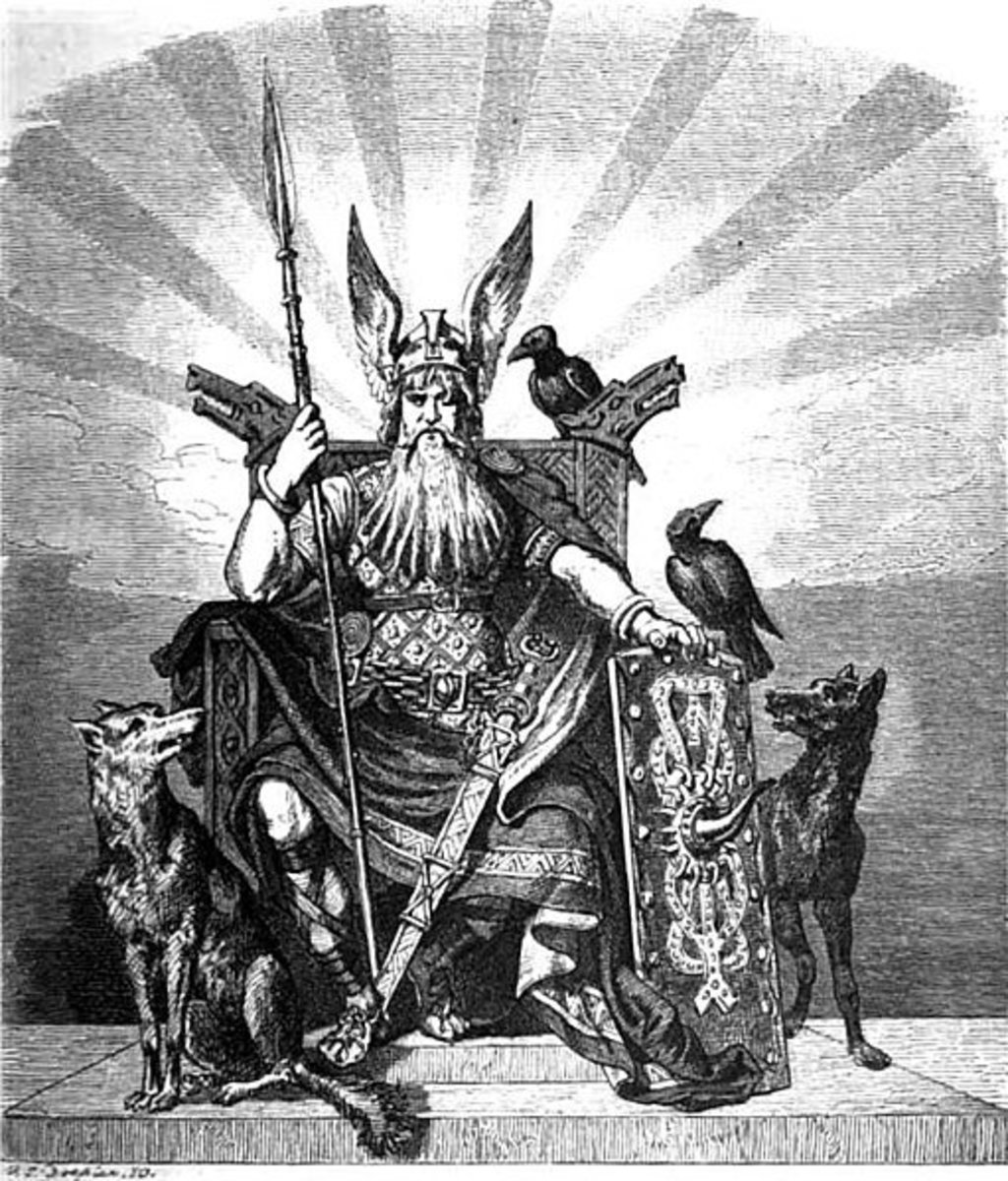Ten Deadly Mythological And Folklore Creatures
Stories are told and many times the creatures from these stories become blended in with are daily life, however some of the beings made up in mythology abd folklore are not as nice as you would like.
#10, The Hydra, Greek Mythology. Greek Mythology is filled to the brim with monsters, demons and evil beings.Few however come close to the evil that is the Hydra. The Hydra is a serpent like being, it was one of the 12 Labors of Hercules and proved to be quite dangerous. The Hydra's blood is like poisonous acid, some of the stories say wherever the Hydra goes a trail of death is left behind it thanks to the poison. What makes it worse is it is basically unkillable, each head that gets cut off only creates two more heads, not only that but if you do manage to cut all the heads off and burn the stumps it still leaves one head. Hercules had to cut the final head off and bury it under a large rock so it couldn't attack anyone ever again.
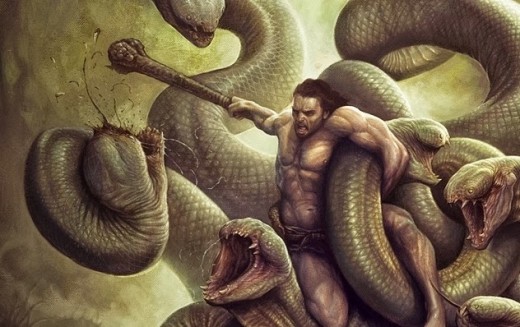
#9, Fenrir The Wolf, Norse Mythology. Fenrir is a mighty wolf and one of the three children of Loki The God of Mischief and the female Angrbooa. Fenrir, Jormungand and Hel were the three kids of the parents. Fenrir grew rapidly with every passing day and since he was part of a prophecy that said he would kill Odin they decided to try and bind him. Each time Fenrir broke through his bindings, each time growing stronger until finally a special binding was made. Fenrir asked for one of the gods to put their hand in his mouth, a testament of faith to show the gods were not lying when saying that the bond was nothing more then a simple thread. But the gods had finally found a way to bind him, but when Ragnarok came about the beast still slew Odin but in turn got slayed by Odin's son.
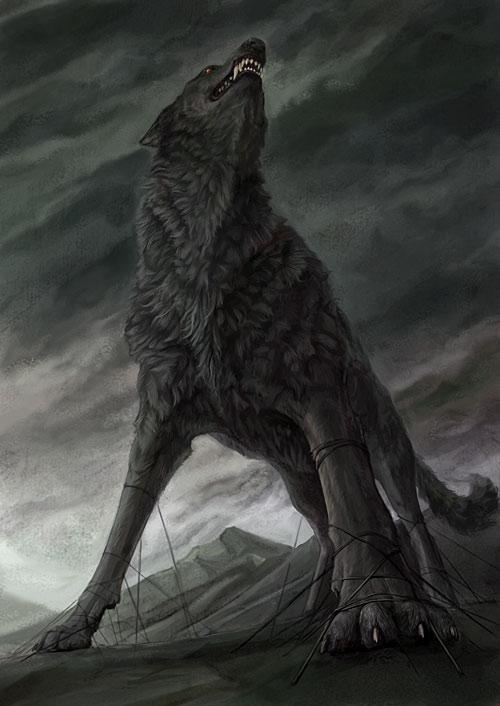
#8, Kuchisake-Onna, Japanese Mythology. Japan has a way of making some pretty creepy things, such as the Kuchisake-Onna. This character is said to walk around with a surgical mask on her face, while her figure and everything else looks gorgeous her face is mostly hidden. The most common story is that she was the beautiful wife of a Samurai, but the husband upon finding out she was having an affair with another Samurai used his sword to slit her mouth. He then asked the question "Who will think you are beautiful now?" Therefore giving way to a terrifying figure. If asked the question "Am I beautiful?" Simply reply with "Am I pretty?" or by saying her looks are average or so so, this will give you the chance to run away. If you don't she will carve your face to make it look like hers, running away will not work since she will just appear in front of you again.

#7, Jorogumo, Japanese Mythology. The Jorogumo is a deadly shape shifting Yokai, similar to demons. This creature is actually a deadly spider, able to transform into a beautiful woman and lure people into its home then webbing them up and devouring them. The Jorogumo is a solitary creature, preferring to be on its own until it see's something it wants to eat. They usually go for young men who are in search for a lover, when taken into the Jorogumo's home they are never seen again. With web strong enough to hold a adult male and poison strong enough to weaken a man day by day this creature is deadly efficient, it even has some control over small spiders some which can breathe fire and can burn down the houses of those that are suspicious of the Jorogumo.
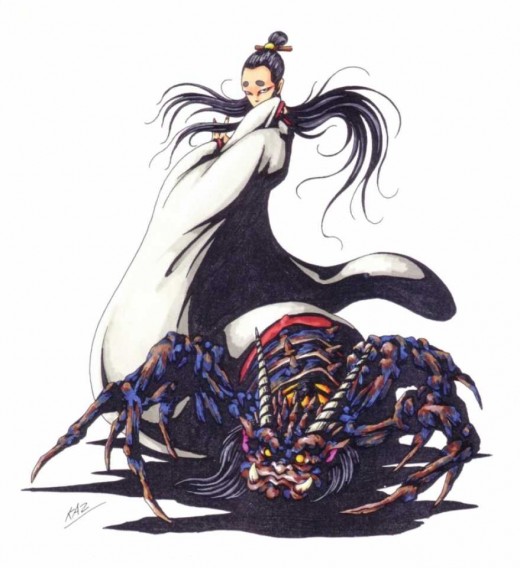
#6, The Kumiho, Korean Mythology. It is a Nine Tailed Fox basically, if a fox can live fora thousand years then it becomes a Kumiho. A shape shifting creature who likes to seduce boys and then eat their heart or liver. The Japanese and Chinese versions usually tend to have both good and evil Foxes but for much of Korea the Kumiho is perceived as a very evil being with a taste for human flesh, some older stories tell of these beings actually being quite nice and some stories talk of evil humans tricking some of these beings. No one seems to know when the beings became truly evil.
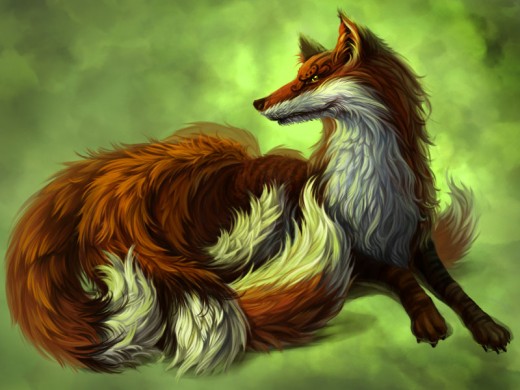
#5, The Pukwudgie, Delaware Folklore. These little guys are said to be around 2 to 3 feet tall, they have a somewhat imp like appearance and while once kind to humans they have turned against them. Native Americans believed these beings were best left alone, if messed with they could cause great harm to the human and even possibly kill them. Poison, fire, spears and more the Pukwudgie while mean could certainly cause some damage to people if given the chance. It is just said that if you see one, run away, do not try to interact with the Pukwudgie.
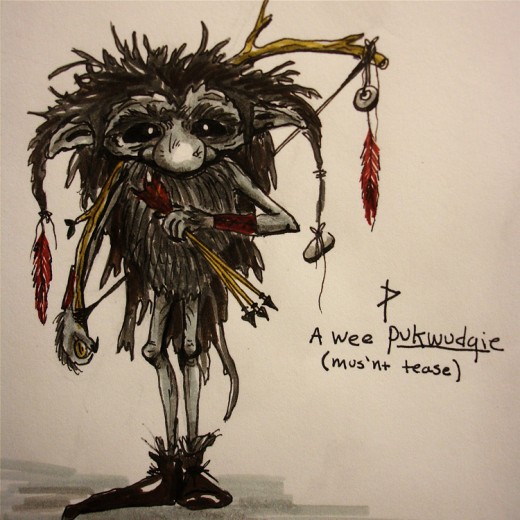
#4, Kishi, Angola Folklore. Kishi is a two faced demon, one side having the face of a rather attractive man and on the back of the head there is the face of a Hyena. The Kishi will lure women in with sweet talk, charming ways and a overall nice appearance then devour them with the hyena face. With long and sharp teeth that can tear off whatever it wants this creature eats what it wishes, it is a two faced demon from Africa and loves human flesh.
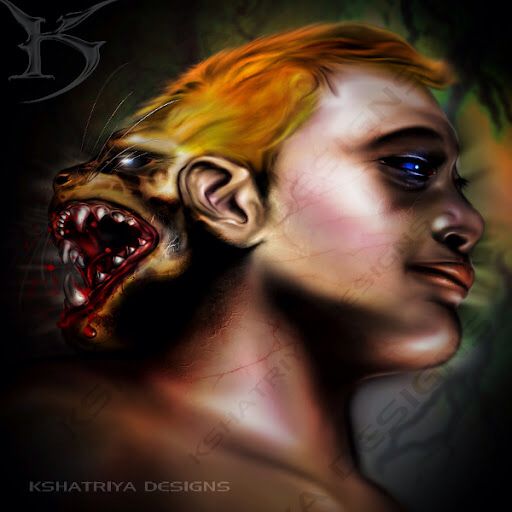
#3, Black Dog, British Folklore. The Black Dog is known to be quite malevolent and in many cases directly harmful, it is known to be an omen of death and can be found in: Places for execution, crossroads, near a thunder storm and ancient pathways. The Black Dog is supposed to be much larger then a regular dog and it has large glowing eyes. It is usually associated with hell-hounds or the Devil himself, in any case this pooch is definitely not mans best friend.
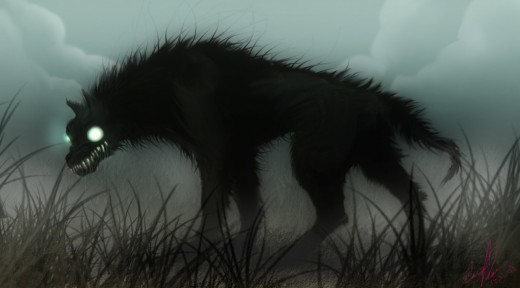
#2, Sphinx, Greek Mythology. The Sphinx is a creature with a lions body, wings of a bird and the face of a woman. The usual story of these animals is they will stay in an area, if someone passes by they are asked a riddle and if they cannot answer the riddle correctly they are strangled to death and then they are eaten. "What walks on four legs, then two and then three?" This was one of the riddles asked by the Sphinx and it was answered by Oedipus, when the riddle was answered finally she tossed herself off a high rock and died, another ending says that she devoured herself.
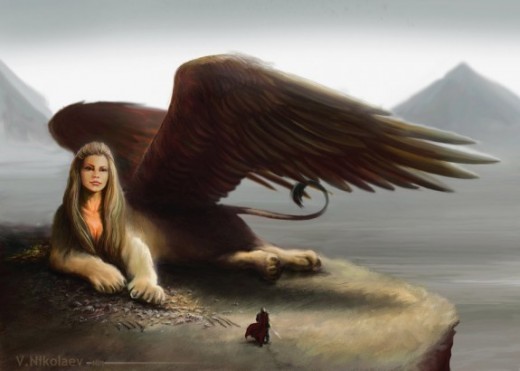
#1, Basilisk, European Mythology. The Basilisk is known as the King of Serpents, one of the many thing said about this snake is that even just the glare from this creature can be lethal, not only that but wherever it goes death strolls behind it. The one weakness of a Basilisk is the odor of a weasel, some say it is similar to that of the rivalry between the King Cobra and their predator the Mongoose. Said to be born from the egg of a toad or serpent and hatched by a rooster, the Cockatrice being somewhat reversed with it being hatched in a chicken egg by a toad or serpent.
